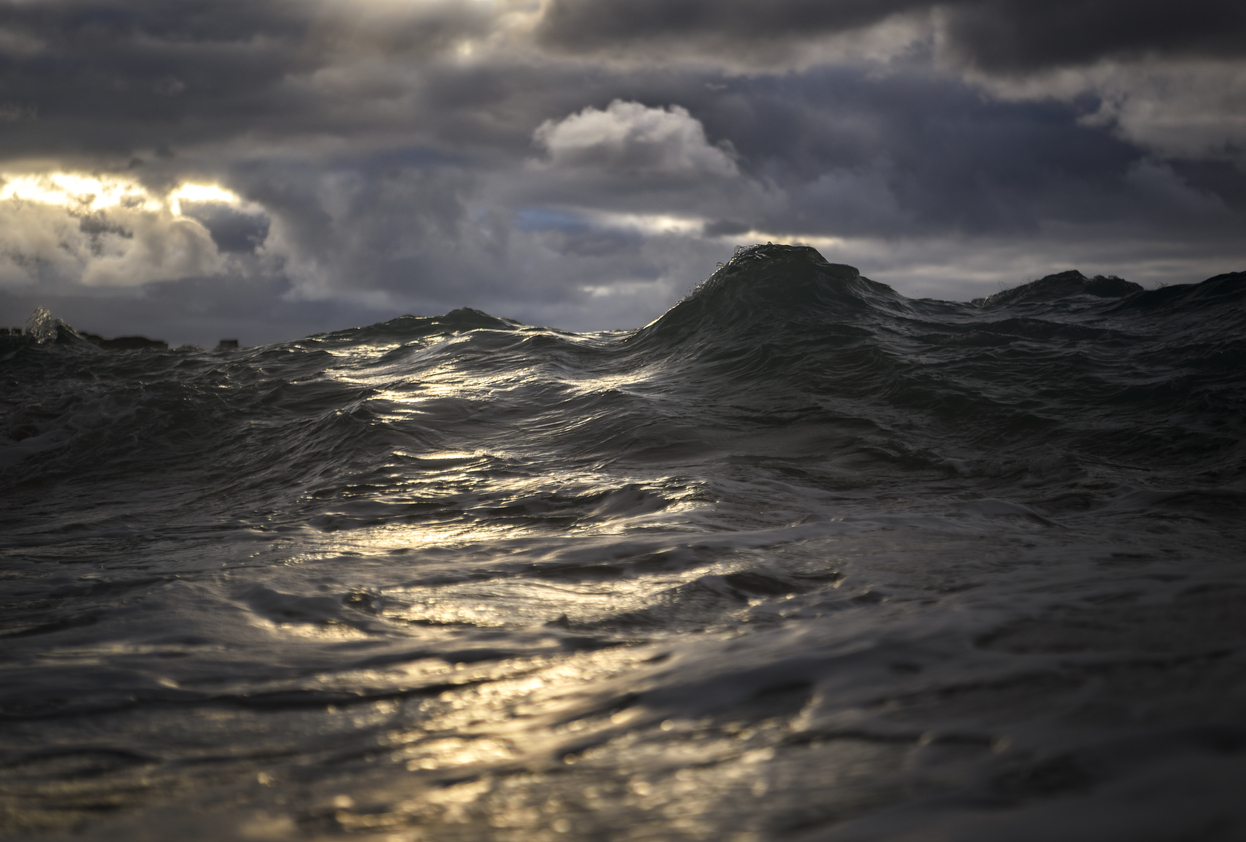I have some bad news for you—the ocean is dying. And it gets worse, because when the ocean goes it’s taking us with it.
One of the ocean’s finest qualities is its seductive sense of mystery—there’s still so much that we don’t know about it. But a dangerous byproduct of this is that the ocean isn’t close to the top of most people’s concerns when they consider climate change. It’s “out of sight, out of mind” when we can least afford it.
Ocean acidification has been called the “other carbon dioxide problem” because it’s not the one causing temperature increases observed in the ocean’s waters—that’s global warming. Acidification is the result of changes in ocean chemistry caused by its absorption of a vast quantity of carbon dioxide since the Industrial Revolution. When carbon dioxide dissolves in the ocean it reacts with water to form carbonic acid, which has cumulatively caused ocean water’s acidity to rise dramatically.
Consider the vast size of the global ocean, then reflect on how much carbon dioxide it had to absorb for its acidity to increase 30 percent in just 200 years—around 525 billion tons. The speed with which this has occurred is thought to be the most rapid change in ocean chemistry in the last 50 million years.
The most widely recognized effect of acidification is the inability of shelled organisms—coral, oysters, starfish, and zooplankton among them—to either form shells or prevent the dissolving of existing shells. Its implications hit the commercial shellfish industry some time ago; in 2007 the West Coast of the US began to experience widespread oyster hatchery failures. What began as a working collaborative among Pacific Coast states and the Canadian province of British Columbia has evolved into the International Alliance to Combat Ocean Acidification, currently with 28 government members and 45 affiliate members working to address acidification globally.
Zooplankton are tiny animals with an outsize role in the ocean food chain. Larger ocean animals eat vast quantities of it, or they eat animals that eat zooplankton. If zooplankton can’t form or maintain shells it won’t survive. It’s not difficult to follow this train of thought all the way to how disruptions on such a large scale would affect the many millions of humans who subsist on food from the ocean. And that doesn’t include the industrial harvesting of seafood for people who simply enjoy it.
Something else most folks are unaware of is how acidification affects the physical chemistry and behavior of some fish. Fish blood becomes more acidic when its cells take in carbonic acid to create chemical balance with the surrounding seawater. But more acidic blood is a threat to survival, so the fish burns extra energy to secrete out excess acid. More energy for this process means less energy for catching and digesting food, eluding predators, and reproducing.
Acidic seawater has also been observed to affect how some fishes’ brains process information. Typically fish are aware of and flee from more noisy predators, but with elevated seawater acid levels they can “forget” to do so. They also tend to wander farther from home base and can’t “smell” their way back.
Dr. Judith Weis, a dedicated Sierra Club volunteer with the Grassroots Network’s Marine Team, is a Professor Emerita of biological sciences at Rutgers University with extensive research experience in ocean health. “While the concerns about shell formation are worrisome, equally if not more concerning are behavioral changes—impaired migration and navigation in fish and other animals due to effects on the olfactory system,” says Weis. “Most people are unaware of this, despite many studies on the topic. One of them, on clownfish, was dubbed 'Losing Nemo.' Threats such as this to marine ecosystems could cause a domino effect that disrupts economies and the ability to feed Earth’s growing population.”
Separately and together, the ocean’s carbon dioxide problems—acidification and global warming—pose an existential threat to the ocean, and by extension to the humans responsible for creating this mess in the first place. It’s time to stop talking and slow-walking necessary change and start acting with urgency. Because unless the tide turns soon, the life force that is the ocean will be no more.
